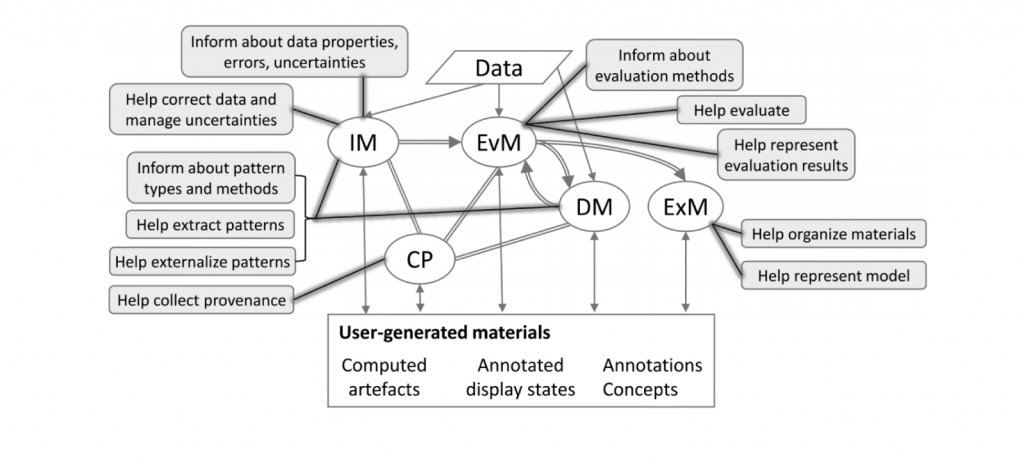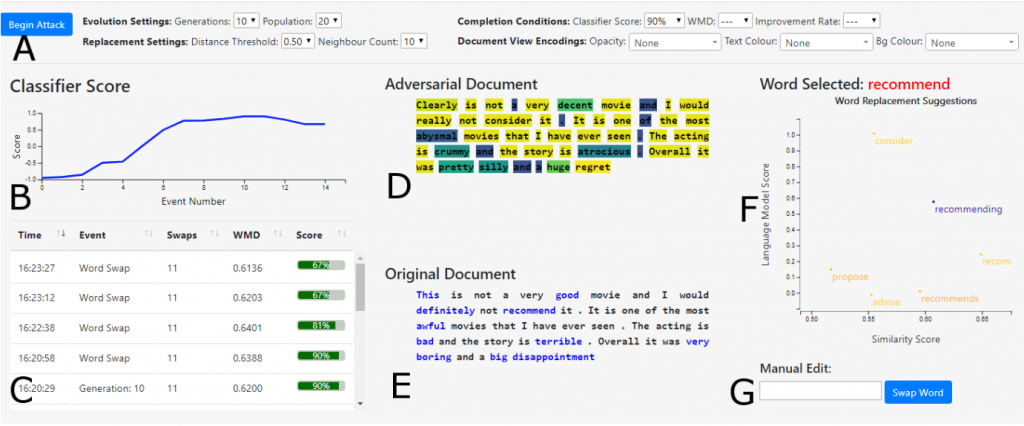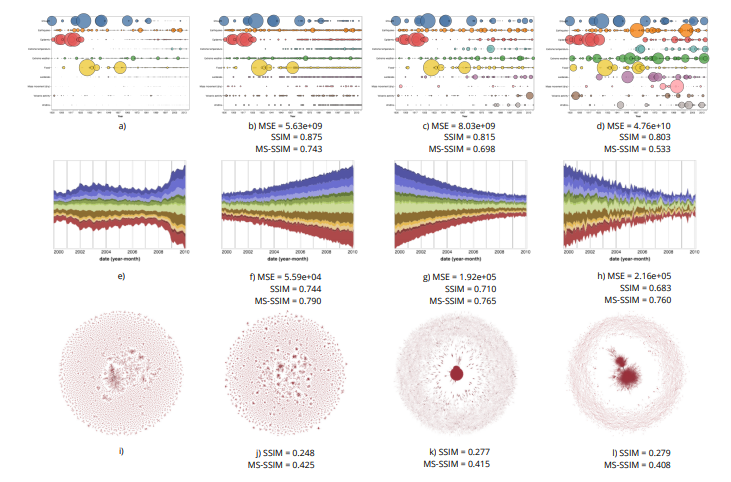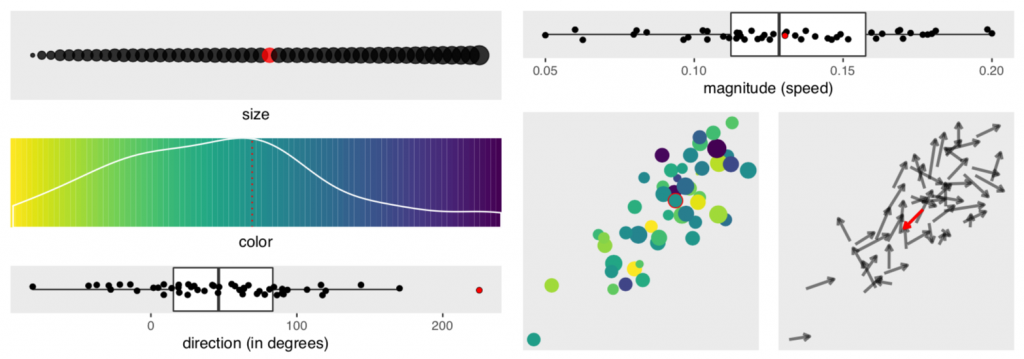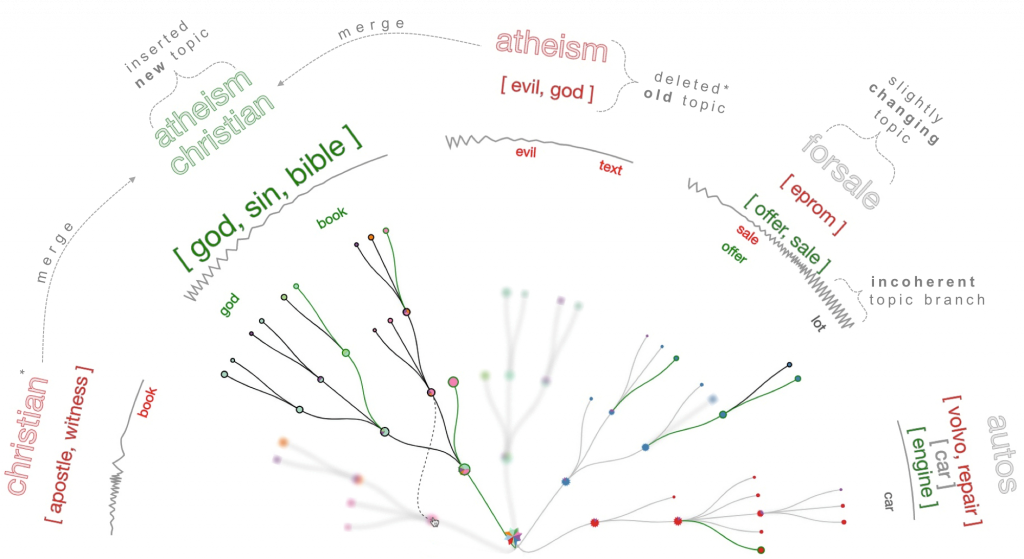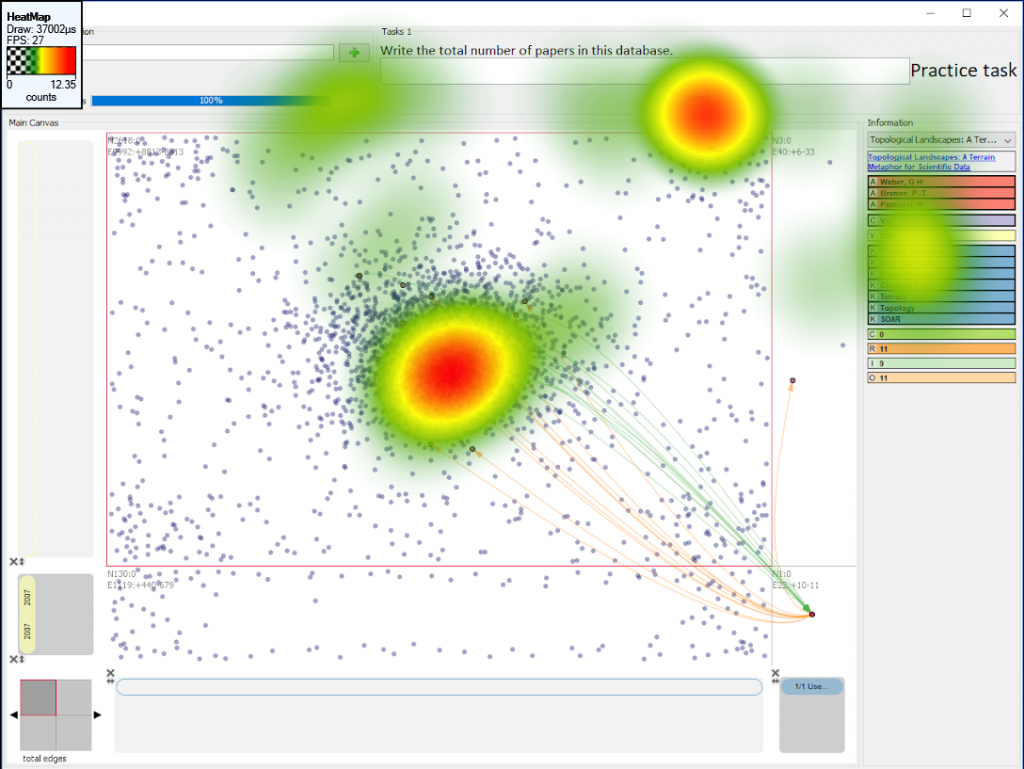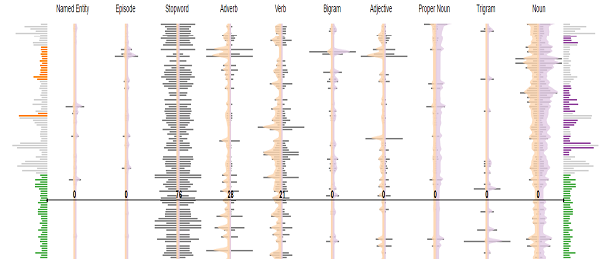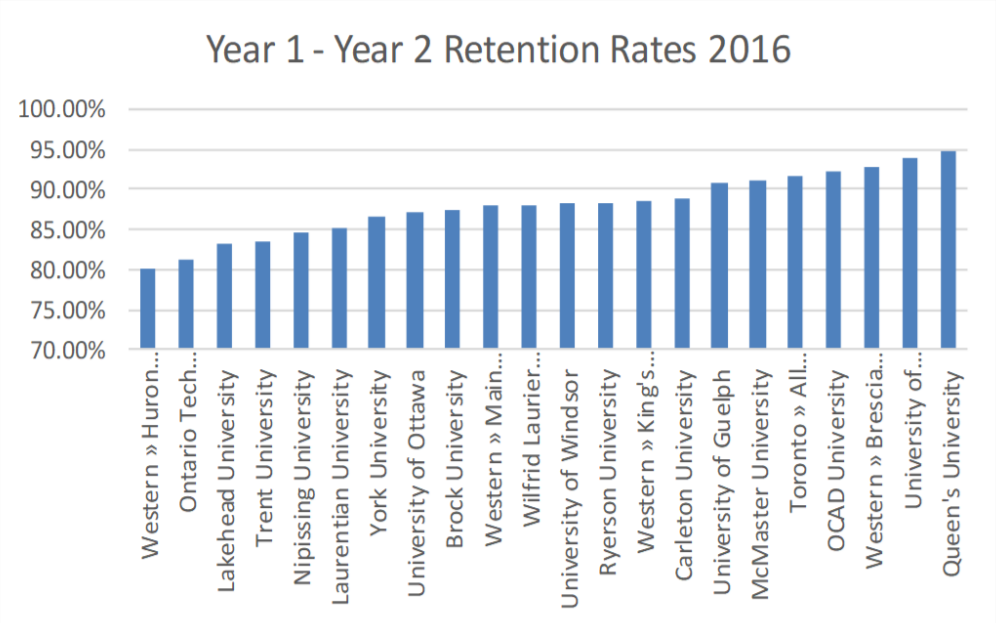
Contributors:
Riley Weagant, Christopher Collins, Taylor Smith, and Michael Lombardo
Post-secondary institutions have a wealth of student data at their disposal. This data has recently been used to explore a problem that has been prevalent in the education domain for decades. Student retention is a complex issue that researchers are attempting to address using machine learning. This research describes our attempt to use academic data from Ontario Tech University to predict the likelihood of a student withdrawing from the university after their upcoming semester. We used academic data collected between 2007 and 2011 to train a random forest model that predicts whether or not a student will drop out. Finally, we used the confidence level of the model’s prediction to represent a student’s “likelihood of success”, which is displayed on a bee swarm plot as part of an application intended for use by academic advisors.
Publications
-
[pods name="publication" id="4200" template="Publication Template (list item)" shortcodes=1]
[pods name="publication" id="4260" template="Publication Template (list item)" shortcodes=1]
[pods name="publication" id="4329" template="Publication Template (list item)" shortcodes=1]




